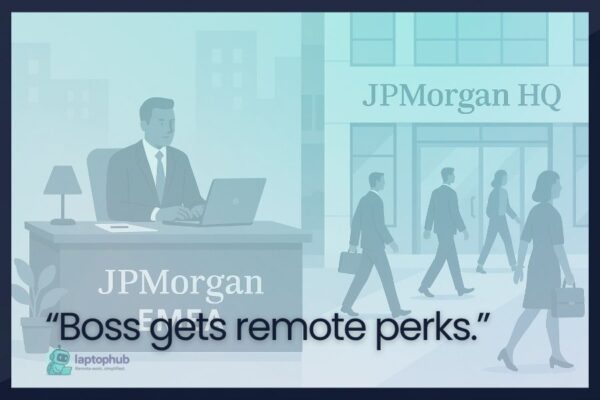At the Harvard Business Review Leadership Summit, Amazon CEO Andy Jassy outlined a bold plan to rejuvenate the company’s internal culture. He identified two primary areas of concern: the prevalence of remote work and the accumulation of bureaucratic management layers.
Jassy emphasized that in-person collaboration fosters creativity and innovation, stating that spontaneous interactions are crucial for problem-solving and idea generation. To this end, Amazon has implemented a five-day return-to-office policy, which Jassy believes has already enhanced the spontaneity and energy of team meetings.
Addressing Bureaucratic Inefficiencies
Beyond remote work, Jassy highlighted the need to streamline Amazon’s organizational structure. He criticized the excessive layers of management and the proliferation of meetings, which he believes have slowed decision-making processes. To combat this, Amazon plans to reduce managerial layers and increase the ratio of individual contributors to managers by 15%.
This initiative includes slowing senior-level hiring, encouraging managers to oversee more direct reports, and even instituting pay cuts to flatten the organizational hierarchy. Jassy stressed that empowering employees to make autonomous decisions is vital for restoring a culture of ownership and agility within Amazon.
Industry-Wide Implications
Amazon’s shift reflects a broader trend among major corporations reassessing remote work policies and organizational structures. Companies like Uber and JPMorgan Chase have also scaled back remote work options, citing the benefits of face-to-face interactions for productivity and team cohesion.
As organizations navigate the post-pandemic landscape, balancing flexibility with effective collaboration remains a central challenge.
Read our editorial guidelines to learn how we report news on LaptopHub.





